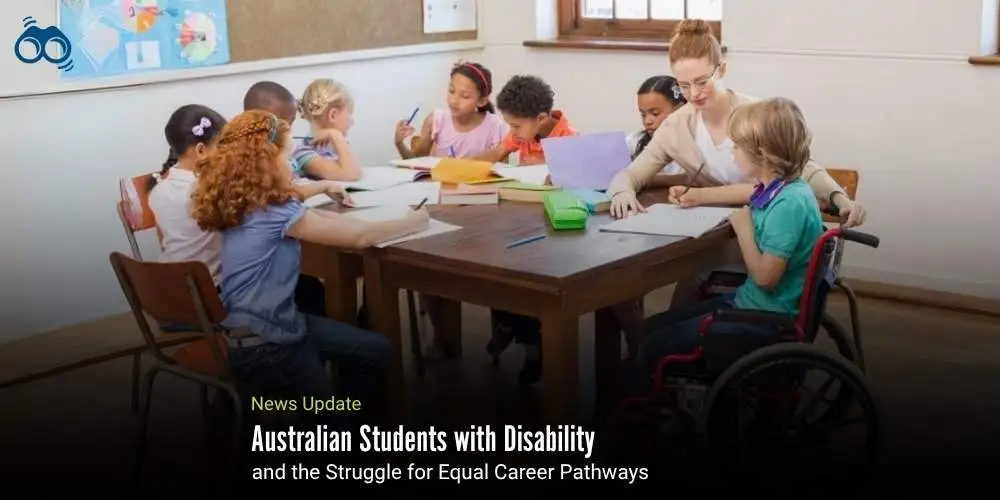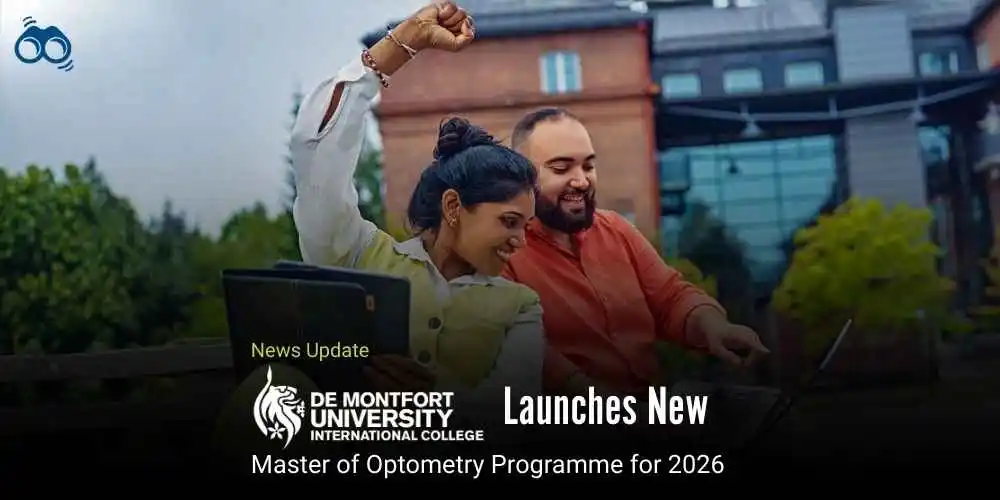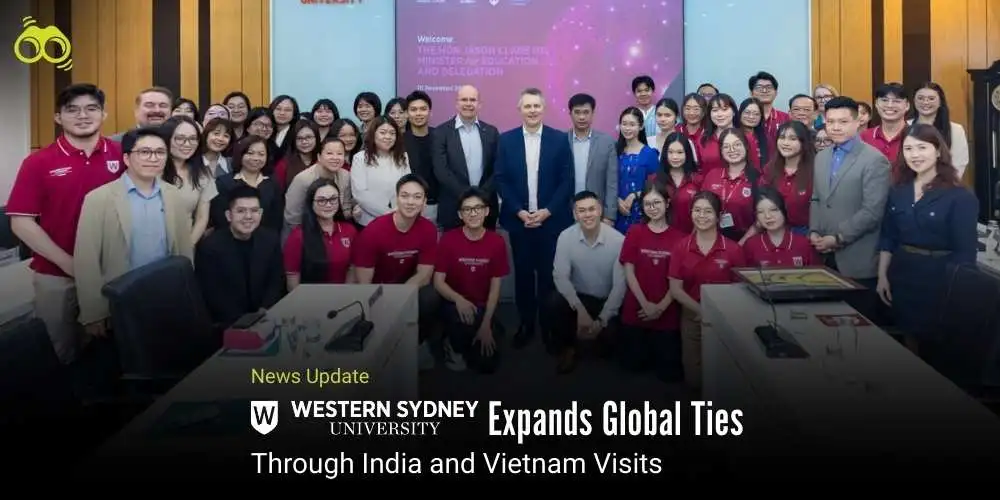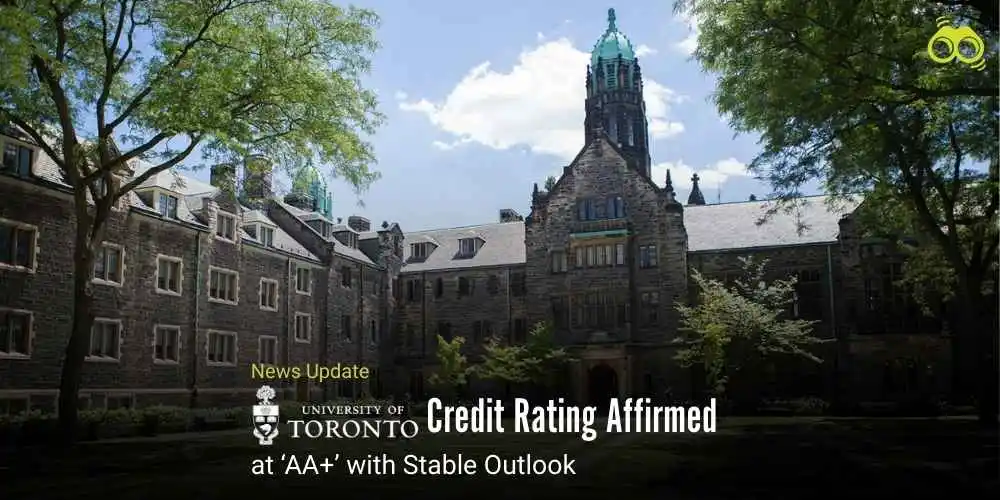Study Reveals Early Barriers for Students with Disability in Mainstream Schools
Misguided Advice and Systemic Failures Undermine Future Choices for Students with Disability
In today’s fast-paced and competitive society, students transitioning into senior secondary education frequently encounter uncertainty regarding their future. The pressure to make informed career choices at a relatively young age can be both confusing and overwhelming, particularly when guidance is inconsistent or lacks clarity.
Each year, students in Year 10 across Australia face the pivotal task of selecting subjects for Years 11 and 12, a decision widely regarded as a foundation for their long-term academic and professional aspirations. To support this process, schools typically organise career events and guidance interviews intended to assist students in navigating their options. Nevertheless, rather than providing clarity, this period often becomes a source of anxiety and indecision. For many adolescents, the expectation to determine a future pathway while simultaneously managing the demands of secondary school imposes a significant emotional burden. The challenge is not solely academic; it is deeply personal, as students strive to align their interests, abilities, and ambitions with a system that can appear rigid and unforgiving.
Moreover, this challenge is exacerbated by widespread myths and misconceptions circulated among peers, parents, and even educators. These narratives frequently distort students’ understanding of subject choices and career outcomes, often exaggerating the consequences of early decisions and thereby fuelling anxiety and self-doubt. Commentators have observed that this process is particularly daunting for students from equity groups, especially those living with disability. For these individuals, the pressure to make definitive choices is intensified by systemic limitations and a lack of tailored support, highlighting the urgent need for more inclusive and empathetic career guidance frameworks within schools.
In addition, research indicates that students from higher socioeconomic backgrounds are more inclined to pursue prestigious careers, with university decisions influenced by factors such as gender, academic performance, school location, and socioeconomic context. As stable employment becomes increasingly elusive, government policies have tended to promote university education as the primary indicator of post-school success.
Conversely, the vocational education and training (VET) system is often perceived as undervalued and difficult to access, with some providers facing criticism for substandard practices. Although government reforms aim to support equity students, critics argue that existing policies continue to portray them as having low aspirations, while failing to address the structural barriers they encounter. As a result, many students lower their goals in response to persistent challenges, particularly when compounded by intersecting disadvantages such as disability and geographic isolation.
While research into the career aspirations of students with disability in Australian mainstream schools remains limited, a Queensland study suggests that barriers often emerge as early as primary school. These students reportedly face low expectations, inconsistent support, and limited consultation, which in turn restricts their subject choices by Year 10. Although senior subjects do not necessarily determine career outcomes, constrained options can hinder aspirations. Furthermore, students with disabilities tend to experience lower academic achievement, higher rates of bullying and suspension, and increased likelihood of early school departure. Although alternative pathways exist, they are frequently costly, time-consuming, and ineffective in improving university participation.
The Australian Universities Accord Final Report claimed that students with disability had met equity targets in higher education. However, disability advocates disputed this assertion, citing unreliable data and premature conclusions. Critics further contended that education policies have failed to invest meaningfully in the academic development of these students, who remain excluded from key equity initiatives despite consistently lower outcomes.
Young people with disabilities continue to face significant employment challenges, owing to discrimination, limited employer awareness of reasonable adjustments, and inaccessible recruitment processes. For conditions such as autism, unemployment rates are nearly six times higher than for non-disabled individuals. In response, the Australian Government allocated $22.1 million to establish a Disability Employment Centre of Excellence. Experts emphasise that education is a fundamental right, and that schools and universities have both a moral and legal obligation to ensure equitable access. Moreover, inclusive practices benefit all students by enhancing overall academic outcomes. To realise the national vision of excellence and equity outlined in The Alice Springs (Mparntwe) Education Declaration, commentators have urged schools and universities to commit to genuine inclusion. They argue that Australia’s future prosperity depends on a collective determination to advocate for all learners and to ensure that no one is left behind.
Editor’s Note:
The Australian education system is grappling with challenges, specifically the continued barriers that many students, especially those with disability, face when planning their future. Choosing subjects in Year 10 is already a stressful process for most students, but it becomes even harder for those who don’t receive the right support. Many face low expectations, limited options, and confusing career advice, often made worse by myths about what success looks like. These challenges start early and can block students from reaching their goals, especially when schools don’t take the time to understand their needs or abilities. Despite Australian education policies promoting fairness and inclusion, many students, particularly those with disabilities, are left behind. Claims of achieving equity targets for students with disabilities are debatable, as they often experience lower academic success, bullying, early school leaving, and employment challenges. While government support for vocational education and disability inclusion exists, it's insufficient. Young people require more than good intentions; they need practical assistance, proper guidance, and adequately equipped and trained schools. To make real progress, schools and universities must go beyond promises and start building inclusive systems that work for everyone. This means treating vocational education with respect, training teachers better, involving families and communities, and listening to students about what they want.
According to Skoobuzz, every student deserves the chance to succeed in a way that suits them. If Australia truly believes in equity and excellence, it must back that belief with action, so no one is left out, and every learner can move forward with confidence and hope.














0 Comments (Please Login To Continue)